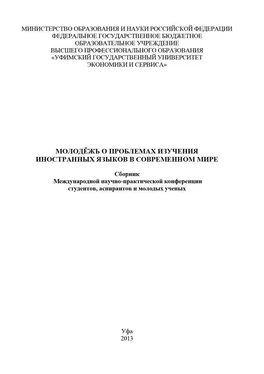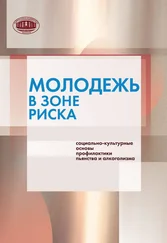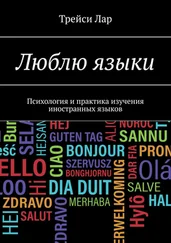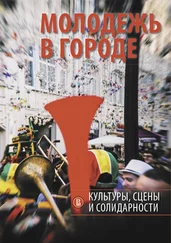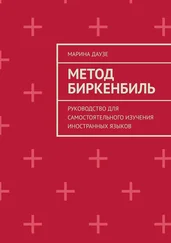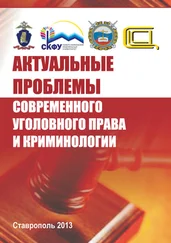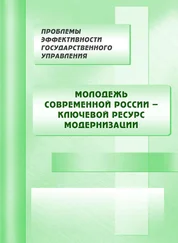English is written in an alphabetic Code that is used to encode auditory speech and inner speech (i.e. thought). 2 main ways to teach English are with sight words and with phonics [1]. Using the first one, the student needs to memorize thousands words, but it is difficult for the human brain to achieve this feat. With phonics students will need to know the "Keys for Unlocking the Code in Which English Speech Is Recorded in Print" (175 manageable items): 26 ABC’s, 44 Sounds, 72 Main ways to spell those sounds, 29 Rules that provide assistance most of the time, 6 Syllable types and ways to use them in decoding [2, 3]. There are 26 letters in the English alphabet but they stand for at least 44 sounds of real English that consist of vowel sounds and consonant sounds. Listening to phonic sounds the student realizes that letters stand for the sounds he hears in words. E.g., being able to hear the differences between cot[kɔt], cat[kӕt], and cut[k˄t] is necessary for learning how to spell these words. 5 Vowel letters (a, e, o, i, u) make 19 vowel sounds ([ei], [i: ], [əi], [ɔʊ], [ju: ], [æ], [e], [i], [ə], [˄], [ɔ:], [a: ], [з: ], [eə], [u: ], [ʊ], [əi], [ͻ], [au]). They consist of 5 Long Vowels, 5 Short Vowels, 3 Dipthongs, A long and short o(2 sounds), 4 rcontrolled vowel sounds. The other 21 letters are used to make 25 consonant sounds. There are no letters really for zhas in measure vision. It might be noticed that the letters c, q, xdon’t have a phoneme listed; they are not listed as a pure phoneme because the sounds can be represented by other letters or spellings. E.g., the letter ccan be represented by the phonemes /k/ or /s/ as in cent[sent] and can[kæn], the letter xas in fox[fɔks] can be represented by 2 phonemes /ks/ and the letter qcan be represented by 2 phonemes /kw/ as in queen[kwi: n]. There are approximately 72 ways to spell these sounds, which one will refer to as phonograms. A phonogram is a letter or combination of letters that represent a sound. E.g., ckis a phonogram that says /k/ as in clock; oyis a phonogram that says /oi/ as in boy. The list of the basic phonograms contains the original 70 phonograms that Romalda Spalding used in her work in the 1950's, as well as 2 additional phonograms. The phonograms nkas in bankand ouras in journeywere added because the number of words that use them qualify them as "basic" phonograms [3] (Table).
Конец ознакомительного фрагмента.
Текст предоставлен ООО «ЛитРес».
Прочитайте эту книгу целиком, купив полную легальную версию на ЛитРес.
Безопасно оплатить книгу можно банковской картой Visa, MasterCard, Maestro, со счета мобильного телефона, с платежного терминала, в салоне МТС или Связной, через PayPal, WebMoney, Яндекс.Деньги, QIWI Кошелек, бонусными картами или другим удобным Вам способом.
Конец ознакомительного отрывка
Купить книгу
